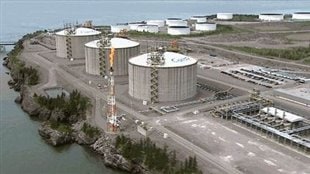
Workers at the Canaport Liquid Natural Gas plant in Saint John, New Brunswick, were horrified recently to discover a carpet of dead migratory songbirds around the plant.
Several thousand colourful little bodies were spread all around the plant. A manager later speaking to reporters said, “many employees were almost in tears”.
Bird lovers and environmentalists are also in shock at the loss.
Although a final count hasn’t been made, its estimated that about 7,500 birds died or were fatally burned when they flew into a gas flare tower at the plant
Don McAlpine is the head of zoology at the New Brunswick Museum. He says the conditions on Friday night and early Saturday morning would be ideal for such an accident.
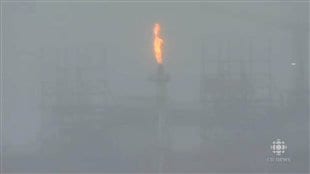
It is the height of the migratory season, and low cloud that night meant the nocturnal flyers would have been flying much lower than usual.
Additional foggy conditions would have meant the gas flare would have been exactly like a bright light to moths, and have drawn the birds in.
With the high temperature of the flame, the birds would not have to fly too close to get singed or burned by the unpredictably swirling flame atop the 30-metre tower.
The size of the flare varies but can be as much as ten metres.
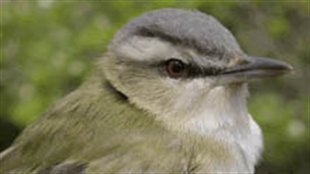
The songbirds, mostly insect eaters, nest and mate in New Brunswick during the summer and fly south for the winter to Mexico and Central and south America.
There were a large number of red-eyed vireos, several types of warblers, including parula, black-and-white, magnolias and redstarts, as well as a few thrushes and rose-breasted grosbeaks, he said.
It’s possible there may have also been some endangered species, such as the olive-sided flycatcher and Canada warbler, which are on the federal government’s species at risk registry, said McAlpine.
Flaring at the plant is not constant and is done as a safety measure to maintain normal operating pressure by occasionally burning off excess natural gas.
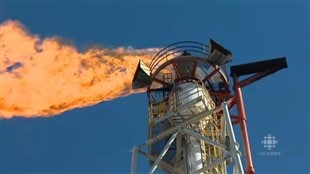
In March 2012, Canaport LNG announced plans for a $43-million upgrade to make the facility more efficient.
Officials say they are just weeks away from completing the work which would cut down the need for flaring.
(with files from CBC)
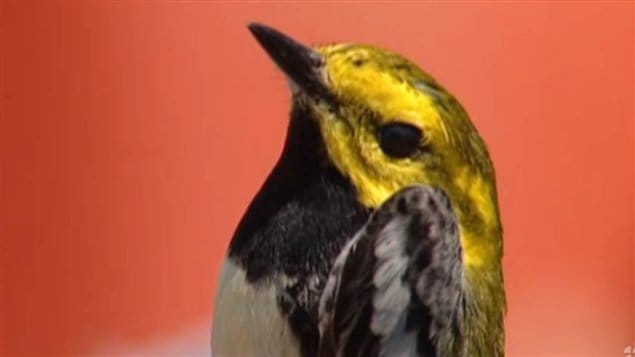






For reasons beyond our control, and for an undetermined period of time, our comment section is now closed. However, our social networks remain open to your contributions.